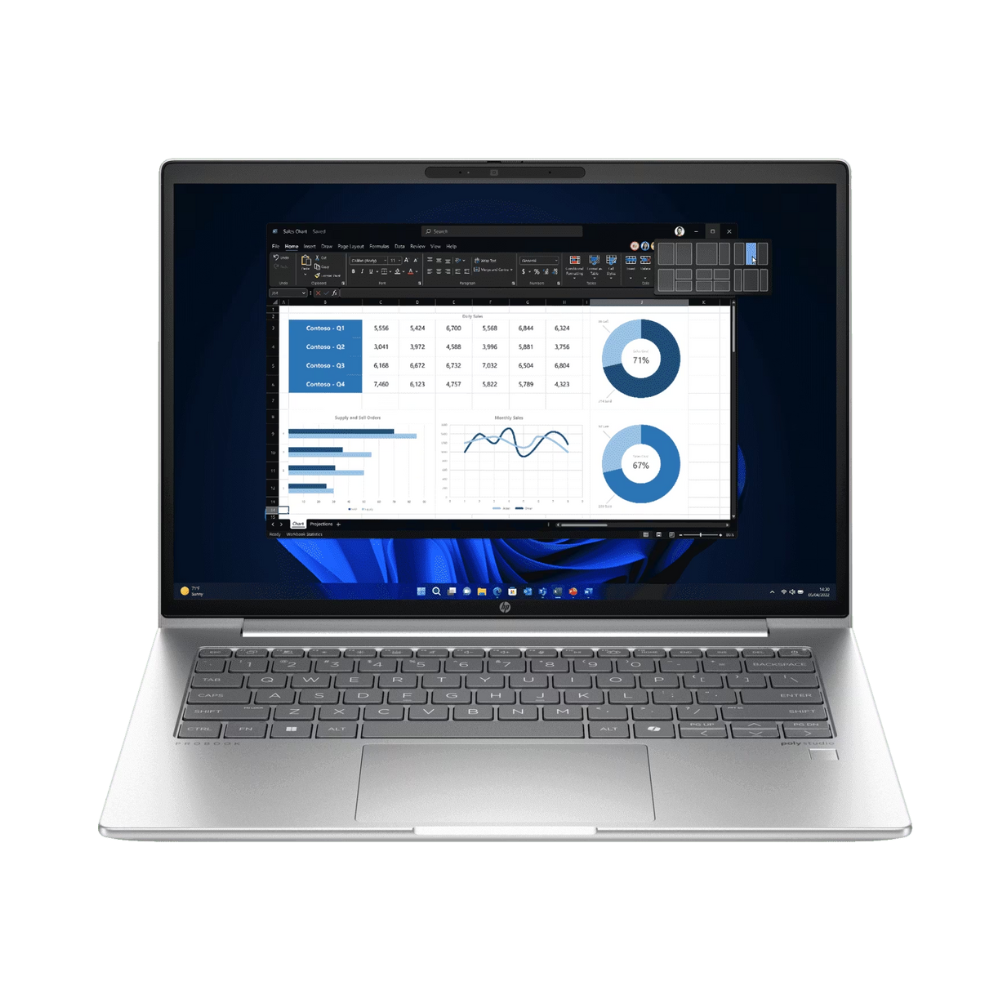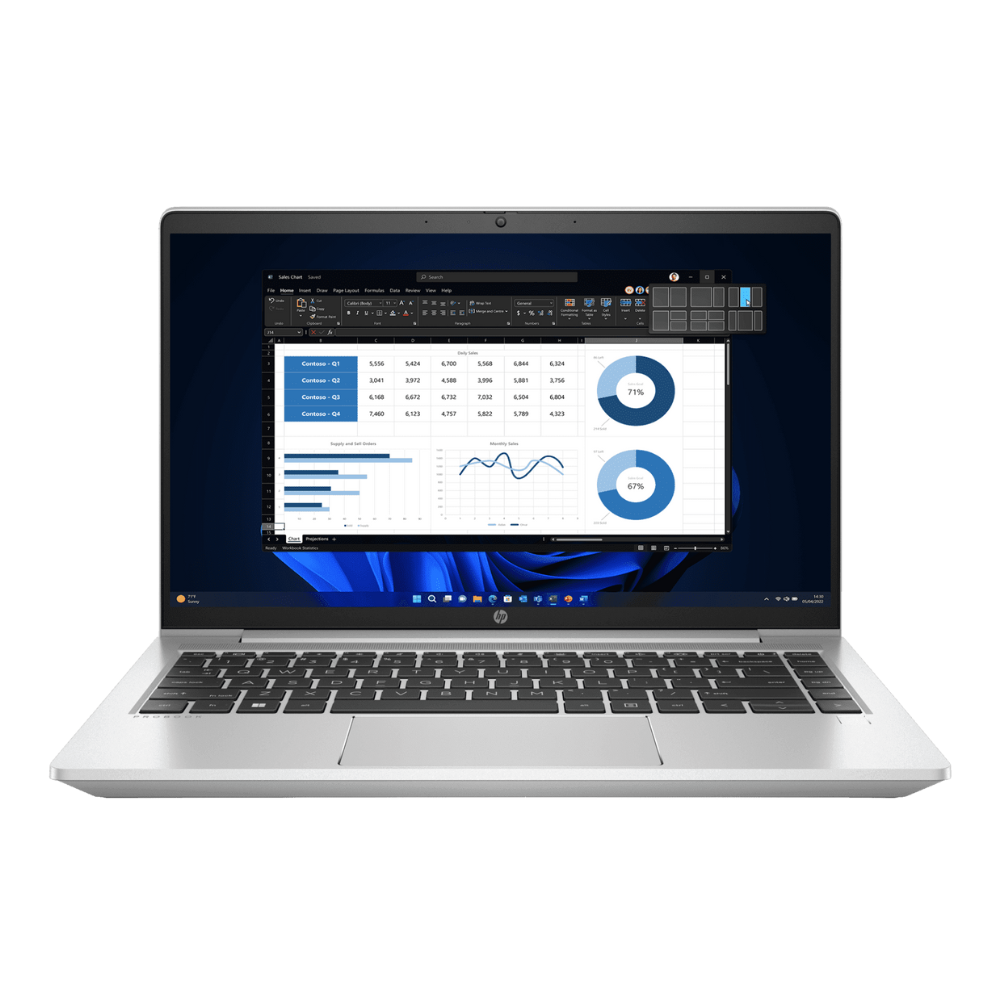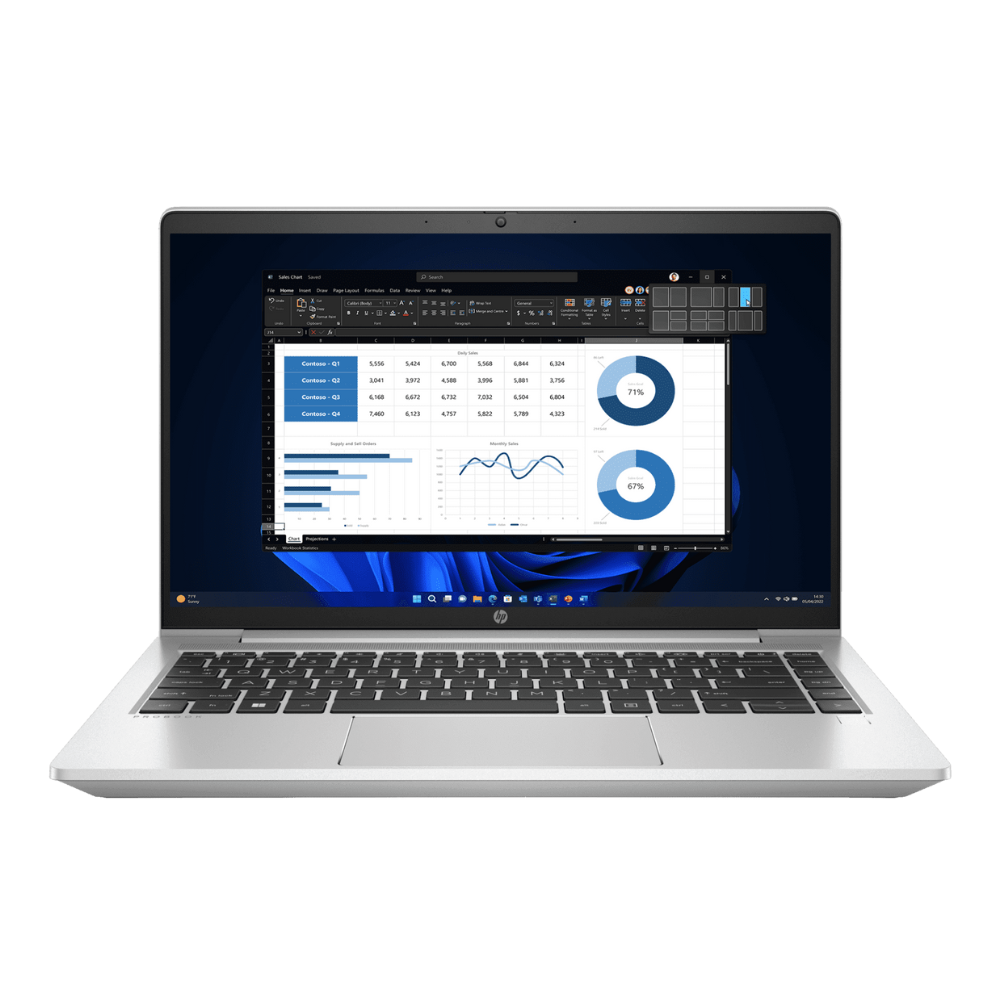NVIDIA Jetson Orin Nano Super Developer Kit – Powering the Next Generation of Edge AI
In the age of embedded AI, edge computing, and autonomous machines, the line between “maker board” and “serious developer platform” is blurring. Enter the Jetson Orin Nano Super Developer Kit from NVIDIA: a compact, power-efficient, yet remarkably capable device for AI, robotics, vision, and embedded compute. This kit is aimed at developers, researchers, students, and innovators who want to build AI-powered solutions at the edge — whether that’s smart cameras, robots, drones, or even local language/vision models.
What is it?
At its core, this developer kit consists of:
-
The Jetson Orin Nano 8GB module, which houses a 6-core ARM Cortex-A78AE CPU, a GPU based on NVIDIA’s Ampere architecture (1024 CUDA cores + 32 Tensor cores), and 8 GB LPDDR5 memory operating at up to ~102 GB/s.
-
A reference carrier board (developer board) that exposes USB ports, M.2 slots (for NVMe SSDs), camera connectors (MIPI CSI), DisplayPort output, 40-pin expansion header, microSD slot, and Gigabit Ethernet.
-
Software support via NVIDIA’s JetPack SDK, drivers, and an ecosystem of AI frameworks such as DeepStream and Isaac.
In short: you get a small-form-factor edge AI computer with impressive specs — all on a developer board form factor.
Key Features & Specifications
Here’s a breakdown of major specs and standout features:
-
AI Performance: Up to ~67 TOPS (INT8 “sparse” metric) for the 8 GB version.
-
GPU: Ampere architecture with 1024 CUDA cores and 32 Tensor cores.
-
CPU: 6-core ARM Cortex-A78AE (64-bit).
-
Memory: 8 GB LPDDR5 (128-bit) with ~102 GB/s bandwidth.
-
Power Consumption: Configurable TDP between 7 W and 25 W — allowing you to balance performance and efficiency.
-
I/O & Connectivity:
-
Dual MIPI CSI-2 connectors (22-pin) for cameras
-
M.2 slots for NVMe storage (Key-M, Key-E)
-
USB-C (data only) and multiple USB 3.2 Type-A ports
-
DisplayPort output for external display
-
40-pin expansion header (GPIO, UART, SPI, I²C) for sensor interfacing
-
Gigabit Ethernet
-
-
Software Ecosystem: Runs Linux (JetPack) and supports frameworks for vision (DeepStream), robotics (Isaac), and conversational AI (Riva).
Why It Matters
Why should you care about this board? Here are some reasons:
-
Edge AI accessibility: Historically, high-end AI compute was reserved for server GPUs or large systems. The Orin Nano Super brings serious AI horsepower into a compact, developer-friendly form.
-
Versatility: Whether you’re prototyping a robot, building a vision sensor, experimenting with LLMs, or creating IoT/AI devices — this board gives you the flexibility to do so.
-
Performance-per-watt: The configurable power range (7–25 W) makes it suitable for power-constrained environments like drones and embedded robots.
-
Mature ecosystem: The Jetson family provides a robust developer community, software support, and documentation.
-
Local inference: For applications that demand on-device processing — low latency, privacy, or offline use — this is a perfect fit.
Real-World Use Cases
-
Robotics – Ideal for mobile robots (warehouse, delivery, inspection) requiring onboard AI for object detection, mapping, and navigation.

-
Smart Cameras / Vision Systems – Enables intelligent video analytics, smart surveillance, and industrial inspection without cloud dependency.

-
Edge Language & Multimodal Models – Run smaller language models or multimodal AI (vision + text) directly on the board.

-
Prototyping & Development – Perfect for researchers, students, and startups to develop AI-enabled products quickly.
-
Embedded AI in Constrained Environments – Works well in drones, autonomous vehicles, or remote stations where size and power efficiency are critical.
Strengths & Trade-offs
Strengths
-
High AI performance (~67 TOPS) for its size and power envelope.
-
Configurable low-power operation (down to 7 W).
-
Extensive I/O and sensor connectivity.
-
Mature software ecosystem from NVIDIA.
-
Excellent for robotics, vision, and AI prototyping.
Trade-offs / Considerations
-
Memory (8 GB) may limit very large AI models — quantization or pruning may be necessary.
-
Additional costs for SSD, cooling, and power accessories.
-
DisplayPort only — adapters required for HDMI.
-
Thermal management is essential for full performance.
-
Edge limits — it’s powerful but not a replacement for server GPUs.
Tips for Using It (Especially in India / Chennai Context)
-
Power Supply: Use a reliable DC adapter with sufficient current; clean power input ensures stable performance.
-
Cooling: In warm climates like Chennai, active cooling (fan or heatsink) is essential for sustained workloads.
-
Storage & Accessories: Use a quality NVMe SSD (2280 size) for fast read/write speeds.
-
Camera Selection: Use compatible MIPI CSI cameras or USB modules; check connector types before purchase.
-
Localization: Great for building AI systems for Indian applications — smart agriculture, factory automation, or retail analytics.
-
Cost & Value: Though import costs can add up, it remains a cost-effective edge AI solution compared to enterprise GPUs.
-
Community: Join Jetson forums and local developer groups in Chennai or Bangalore to share tips and collaborate.
-
Use-case Fit: Evaluate your needs — for light AI/IoT tasks, simpler boards may suffice, but for robotics or vision, this is ideal.
Conclusion
The NVIDIA Jetson Orin Nano Super Developer Kit is an outstanding platform that bridges the gap between hobbyist boards and professional AI systems. It delivers impressive AI compute power, flexibility, and efficiency in a developer-friendly package.
Whether you’re a student, engineer, or AI startup founder, this kit empowers you to build intelligent devices at the edge — from autonomous robots to smart vision systems.
Before purchasing, consider your intended models, peripherals, power needs, and total system cost. With the right setup, this board can become the backbone of your next cutting-edge AI project.






